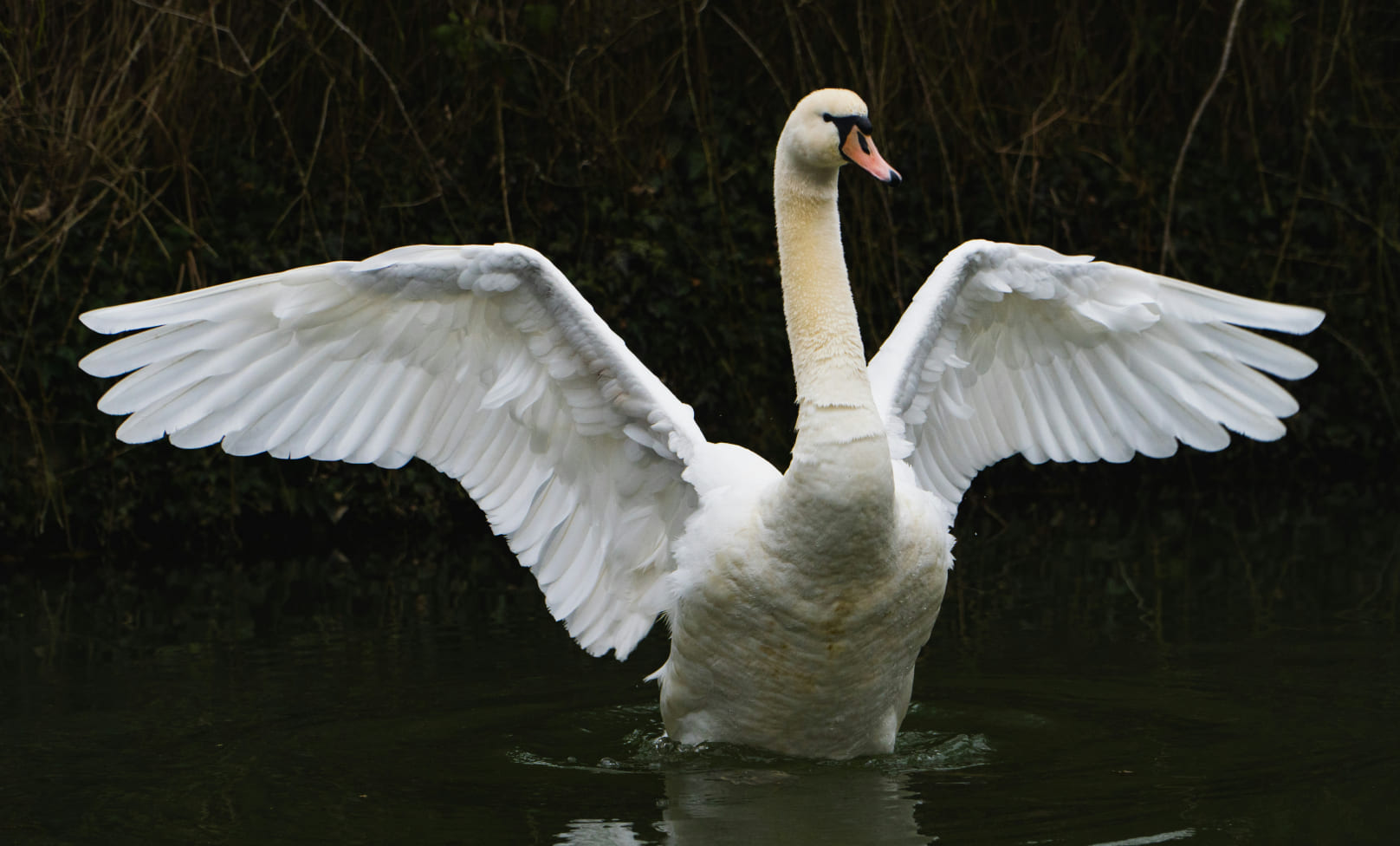The swan, particularly the mute swan (Cygnus olor), is one of the most graceful and iconic waterfowl, admired for its beauty and serene presence. Found in lakes, rivers, and wetlands, swans are a testament to nature’s ability to combine elegance with resilience.
Life on the Water
Swans are highly territorial birds, fiercely protecting their nesting sites. Their nests are often built on the water’s edge using reeds and grasses, providing both camouflage and easy access to food. Swans feed on aquatic plants, using their long necks to reach vegetation submerged below the surface.Family Bonds
Swans are known for their strong pair bonds, often mating for life. Both parents share responsibilities in raising their cygnets. The male swan, called a cob, guards the nest and chicks from predators, while the female, or pen, nurtures the young. This teamwork ensures the survival of the next generation.Symbolism and Inspiration
Throughout history, swans have inspired countless myths, legends, and works of art. In Greek mythology, they were sacred to Apollo, the god of music and poetry. In folklore, swans are often symbols of love and transformation, as seen in tales like "The Ugly Duckling."Despite their beauty, swans are resilient creatures. They can thrive in harsh climates, migrate long distances, and fend off predators with surprising aggression when needed. Their ability to blend grace with strength makes them one of nature's most cherished animals.
